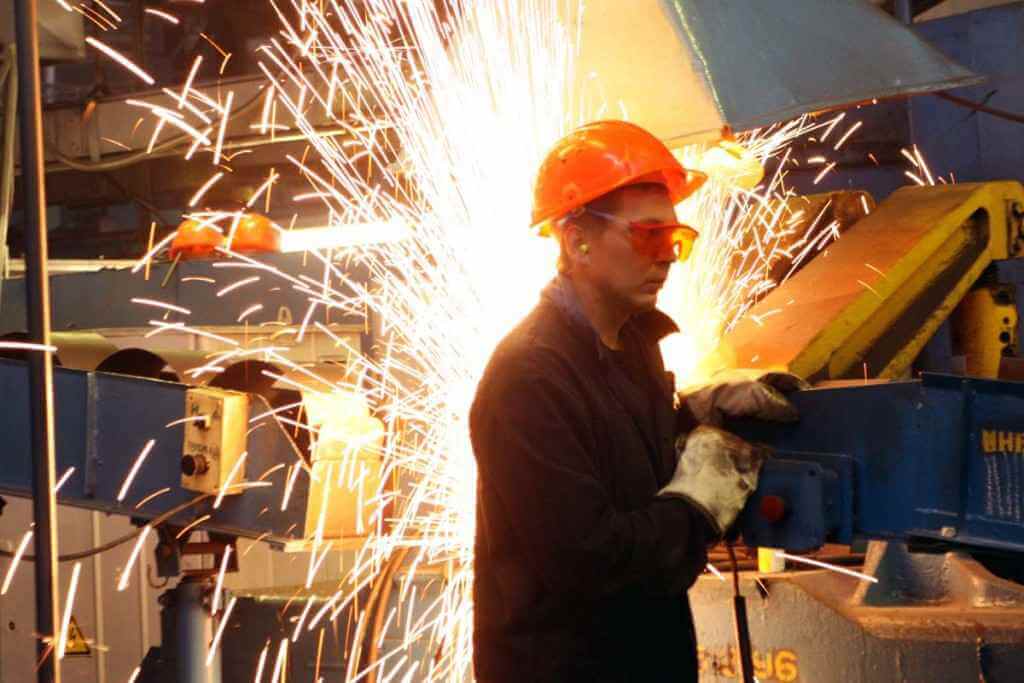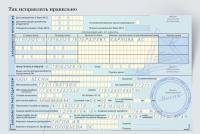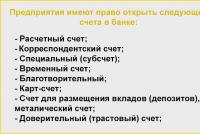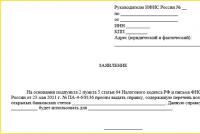Harmfulness by profession: what benefits are provided?
What working conditions are considered harmful? What benefits and additional payments are due to the employee in the performance of official duties? How is it regulated at the legislative level.
What are harmful working conditions?
The performance of labor duties is accompanied by the conditions of the labor process that affect the employee throughout the entire work shift. They can be:
- optimal;
- admissible;
- harmful.
For the first two categories listed, there are no special requirements and nothing needs to be done to improve the production process. But the third thing differs from them - harmful conditions. In total, there are 4 degrees of harmfulness, namely:
- I - intermittent contact with harmful factors allows you to restore health, but this takes time;
- II - such working conditions cause changes in the body that are not restored even for several years;
- III - in this case, temporary disability may be caused, although the employee has not worked out to retirement age;
- VI - the occurrence of occupational diseases that do not allow to perform this work.
In cases where there is a loss of ability to work due to the influence of harmful production factors, the medical board establishes an occupational disease of the employee and this is the basis for the employer to pay compensation.
Who is entitled to benefits and allowances?

Benefits depend on the degree of harmfulness.
The concept of harmfulness should be clearly separated, for example:
- There are two lists by types of professions, after having worked for a certain time, employees can retire early. But for this, based on the results of the assessment of working conditions, the employee must spend at least 80% of working time in these conditions;
- The issuance of milk or other products replacing it is required for the period of being in hazardous conditions, that is, when 50% of the time of working with substances whose maximum allowable concentration exceeds the standards is exceeded. The list of these substances is fixed at the legislative level;
- Additional days to the main vacation and a reduced day of work are also provided based on the list;
- Surcharges for staying in dangerous or harmful working conditions are made on the basis of the revealed excesses of the MPC when working with these substances. The percentage of surcharges is calculated in direct proportion to the percentage of excesses.
All information is reflected in the SOUT cards when assessing the state of the workplace and functional duties.
In this scenario, an employee can receive one of the types of compensation, as well as several or all at once.
Benefits for harmful conditions

The time of retirement depends on the degree of harmfulness.
In total, there are two lists working in non-compliant working conditions:
- 1 list. This is when the degree of severity of labor exceeds all indicators and especially seriously affects human health.
For example, if a man has worked in harmful conditions for more than 10 years, and his total experience is 20 years, then at the age of 50 he is issued a pension. For women, the age indicators are different, that is, it is enough to work for 7 years in hazardous work, and the total length of service is 15 years, then at the age of 45 a labor pension is issued;
- List 2 gives the right to early retirement, according to the position held or the corresponding name of the profession.
At the same time, a man must work in this profession for at least 12 years, and the total length of service must be at least 25 years, then at 55 he has the right to retire.
For women, these criteria are slightly reduced, namely, having worked for 10 years in harmful conditions, and with a total experience of 20 years, at 50 she is entitled to a preferential pension.
What professions and types of work are included in lists No. 1,2
The lists regulating early retirement contain the following information:
The amount of pension payments depends on the length of service, that is, the higher the salary and the longer the length of service, then the accruals will be correspondingly higher.
When determining a preferential pension, it is important to take into account that the profession or type of work clearly corresponds to those indicated in the above lists.
Surcharges and compensation payments for harm
In addition to preferential pensions for staying during a work shift in inappropriate working conditions, benefits are provided:
- Shortened day, that is, one hour shorter. A week must be 36 hours and no more. It is established on the basis of regulatory documents for professions and types of work;
- Additional leave, while the number of days may vary, depending on the work performed. These requirements are regulated by normative acts;
- Surcharges for harmful working conditions are charged for staying at the workplace in conditions where the maximum permissible concentration of harmful substances affecting the body exceeds the established norms.
Supplement to the basic earnings can be from 4 to 12%. The figures are calculated based on the number of times the excess is recorded.
From this video you will learn about compensation for harmful working conditions.
Question form, write your






